Fivetran has scaled, in part, by narrowing its original focus.


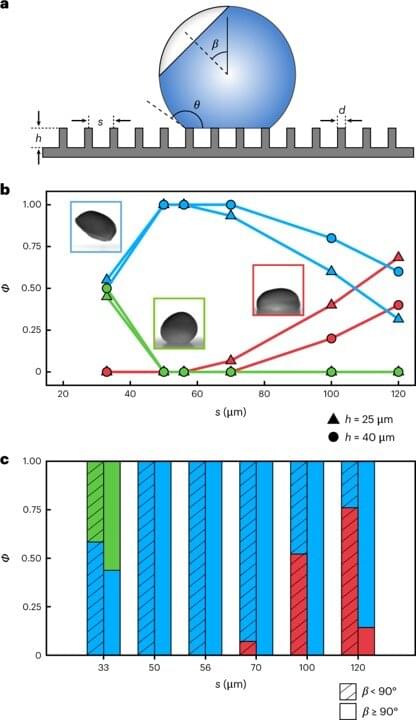
Supercooled droplets can typically freeze on surfaces in nature, and have broad-scale influence on industries where they can adversely impact technical efficiency and reliability. Superhydrophobic surfaces are therefore a materials engineering solution to rapidly shed water and reduce ice adhesion to form promising candidates that resist icing.
However, the impact of supercooled droplet freezing and their effects on droplet-substrate interactions as well as resultant applications across ice-phobic surfaces remain to be explored in physics and materials engineering.
In a new report in Nature Physics, Henry Lambley and a research team in mechanical and processing engineering at the ETH Zurich, Switzerland, studied frozen supercooled droplets resting on textured surfaces. They induced freezing by evacuating the surrounding atmosphere and determined the surface properties required to promote ice formation.
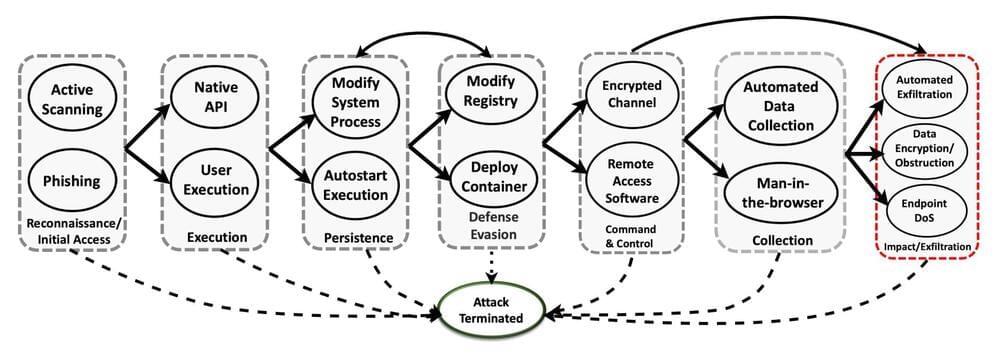
Scientists have taken a key step toward harnessing a form of artificial intelligence known as deep reinforcement learning, or DRL, to protect computer networks.
When faced with sophisticated cyberattacks in a rigorous simulation setting, deep reinforcement learning was effective at stopping adversaries from reaching their goals up to 95 percent of the time. The outcome offers promise for a role for autonomous AI in proactive cyber defense.
Scientists from the Department of Energy’s Pacific Northwest National Laboratory documented their findings in a research paper and presented their work Feb. 14 at a workshop on AI for Cybersecurity during the annual meeting of the Association for the Advancement of Artificial Intelligence in Washington, D.C.

In a recent study published in the journal Immunity, researchers reviewed the T cell response in cancer and autoimmunity to propose strategies for more effective immunotherapies.
Review: Learning from the nexus of autoimmunity and cancer. Image Credit: Meletios Verras / Shutterstock.
Visit https://brilliant.org/EventHorizon/ to get started learning STEM for free, and the first 200 people will get 20% off their annual premium subscription.
What if we’re not alone on Earth? Why We May Not Be Alone on Earth…
The shadow biosphere is a hypothetical microbial biosphere of Earth that would use radically different biochemical and molecular processes from that of currently known life.
00:00:00 Intro.
00:00:26 Bio.
00:00:55 Brilliant.
00:02:33 The Shadow Biosphere.
00:06:32 Multiple Abiogenesis.
00:13:20 Panspermic Shadow Biosphere.
00:16:40 How to find the Shadow Biosphere.
00:23:23 We don’t know the rules of Earth Life.
00:32:56 Mars life, could it be here?
Podcast Apps and Spotify: https://anchor.fm/john-michael-godier/subscribe.
Apple Podcasts: https://apple.co/3CS7rjT
Youtube Membership: https://www.youtube.com/channel/UCz3qvETKooktNgCvvheuQDw/join.
JMG and Event Horizon Youtube Membership or Podcast! Join for early ad free audio episodes, bonus episodes, sleep focused content, and full archive of both channels (podcast only).
This video was sponsored by Brilliant.
More JMG
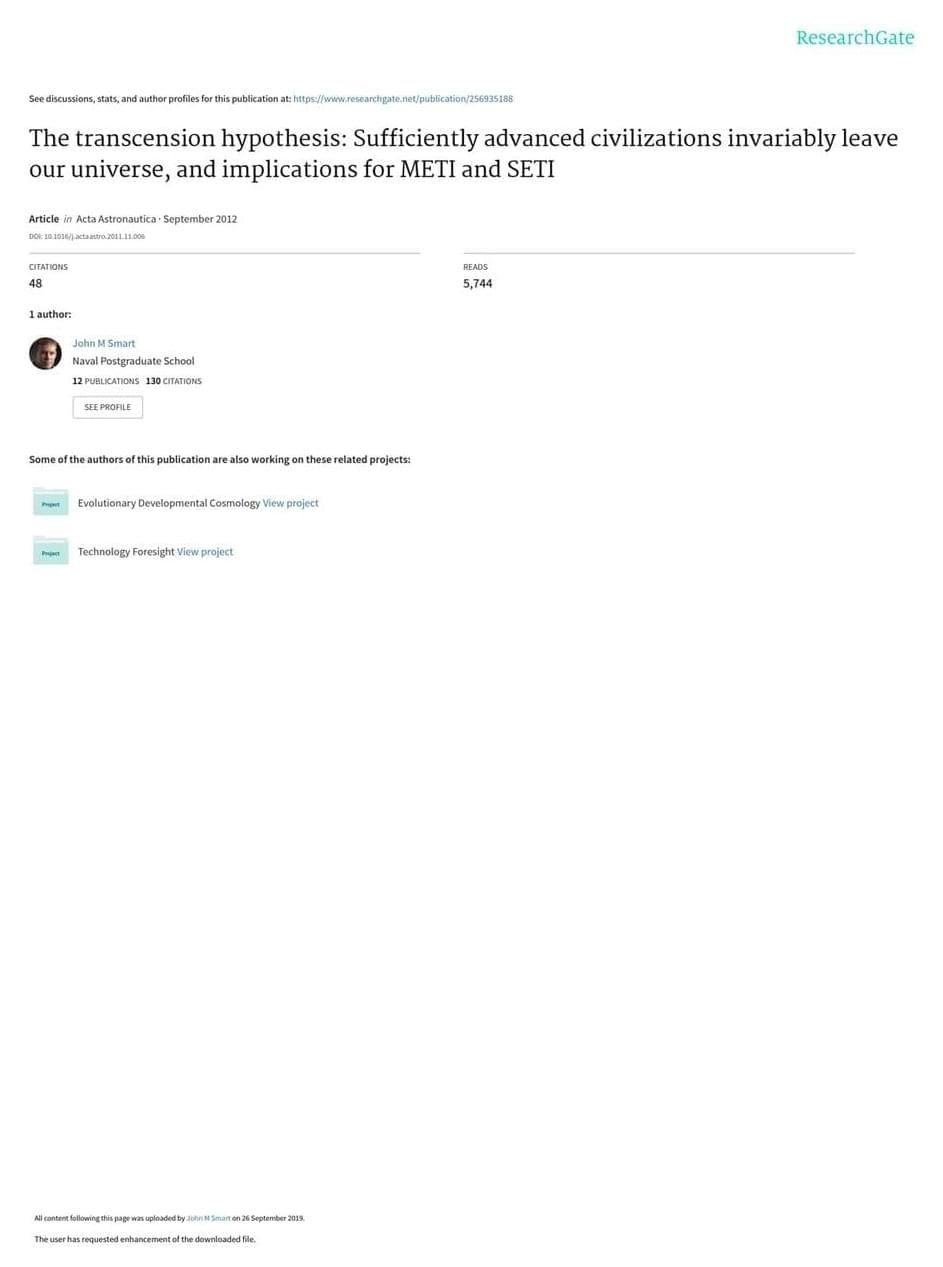
Ion thrusters are the future. How far away are we from them becoming the norm? Visit https://brilliant.org/astrum to sample their courses in a 30-day free trial + the first 200 people will get 20% off their annual subscription.
Astrum merch now available!
Apparel: https://teespring.com/stores/astrum-space.
Metal Posters: https://displate.com/promo/astrum?art=5f04759ac338b.
SUBSCRIBE for more videos about our other planets.
Subscribe! http://goo.gl/WX4iMN
Facebook! http://goo.gl/uaOlWW
Twitter! http://goo.gl/VCfejs.
Astrum Spanish: https://bit.ly/2KmkssR
Astrum Portuguese: https://www.youtube.com/channel/UChn_-OwvV63mr1yeUGvH-BQ
Donate!
Patreon: http://goo.gl/GGA5xT
Ethereum Wallet: 0x5F8cf793962ae8Df4Cba017E7A6159a104744038
Become a Patron today and support my channel! Donate link above. I can’t do it without you. Thanks to those who have supported so far!

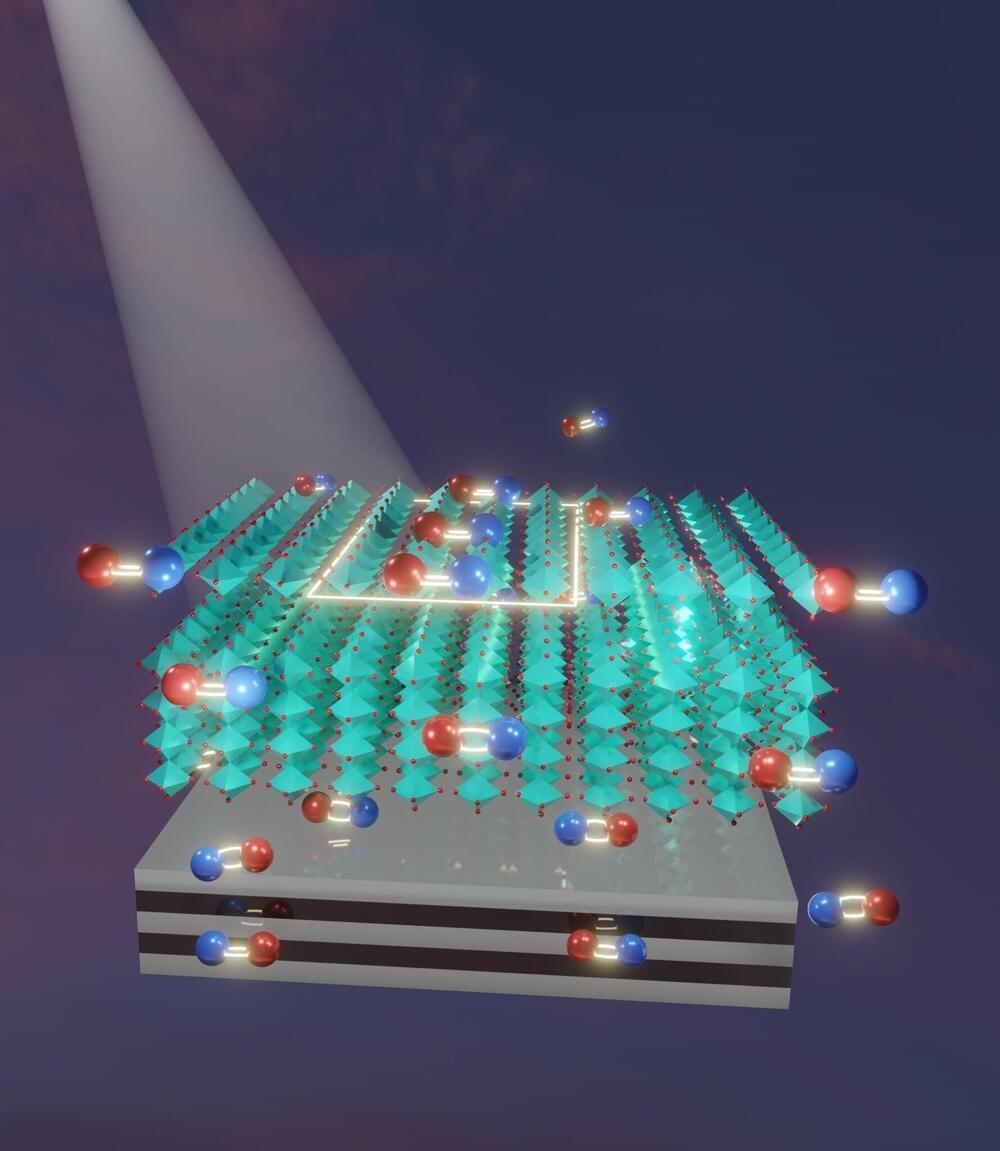
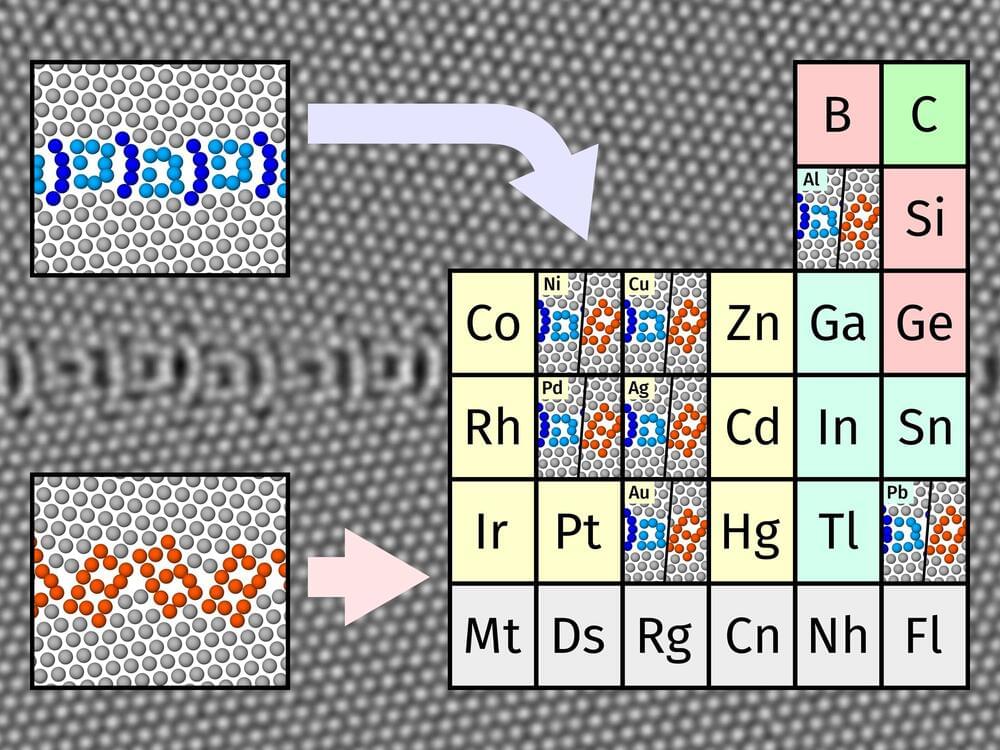
How will materials behave under certain conditions? And how to make materials more robust? These two questions are crucial to design advanced materials for structural and functional components and applications. A close look at the underlying atomic structures and especially their defects is necessary to understand and predict material behavior.
Electrical conductivity, strength and fracture resistance are for example influenced by grain boundaries. It is known that grain boundaries—despite being defects—have their own ordered atomic structures, which can influence or even dominate material properties. However, their experimental observation requires precise and time-consuming atomic resolution imaging and is limited to the investigation of specific, individual cases.
But are these cases generalizable for all metals? A researcher team of the Max-Planck-Institut für Eisenforschung (MPIE) utilized computer simulations to show that the same atomic arrangements occur in a whole group of metals, namely fcc metals, thus proving that the “special cases” investigated in the experiments are not really exotic, but common.